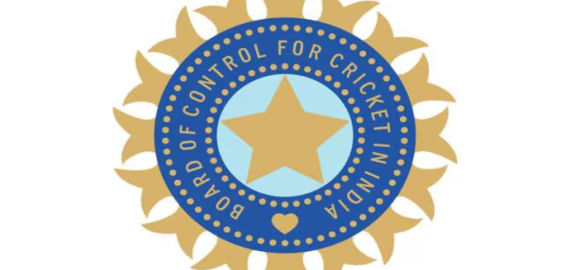Place your bets on Bitibet, Crypto Betting experts
User-friendly platforms for crypto betting online
Welcome Bonuses
1. 200% Bonus up to 10,000 INR
2. 100% Bonus up to 30,000 INR
3. 50% Bonus up to 60,000 INR
Cashback Promotion
10% weekly cashback

Welcome to Bitibet’s ultimate betting hub—your gateway to everything from thrilling sports wagers to immersive casino play, all powered by cryptocurrency. In recent years, the intersection of cryptocurrency and online betting has revolutionized how players engage with their favourite games and sports, offering unprecedented privacy, speed, and convenience.
What Is crypto betting?
Crypto betting is the practice of placing bets on sporting events, casino games, and other gambling activities using digital currencies such as Bitcoin, Ethereum, and others. The decentralized structure of cryptocurrencies, which circumvents established banking systems and provides improved financial security and privacy, is what makes them appealing. The betting platform and your digital wallet conduct transactions directly, greatly lowering processing times and the risk of fraud.
Why choose cryptocurrency for betting?
- Enhanced Privacy: Enjoy greater anonymity compared to traditional banking methods
- Lightning-Fast Transactions: Experience near-instant deposits and withdrawals
- Reduced Fees: Avoid the high transaction costs associated with conventional payment methods
- Borderless Access: Participate regardless of traditional banking limitations
- Exclusive Bonuses: Access crypto-specific promotions often more generous than standard offers
- Provably Fair Games: Verify the fairness of game outcomes through blockchain technology
Our specialized betting categories
Sports Betting
Take your love of sport to the next level with fast, secure crypto sportsbooks. Whether it’s cricket, football, tennis or more, you’ll find top-rated platforms offering live odds, in-play markets and generous bonuses—so you can back your favorites with Bitcoin, Ethereum or your crypto of choice.
Online Casino
Experience casino gaming reimagined for the blockchain era—no bank account required. Our curated list of crypto casinos delivers instant deposits, provably fair games and massive welcome packages on slots, blackjack, roulette and live-dealer tables.
Cricket Betting
Cricket and crypto are a perfect partnership for Indian punters. Discover the safest platforms for pre-match and in-play wagering on IPL, Test matches, T20 leagues and more—backed by instant blockchain transactions and unique crypto promos.
Esports Betting
With the booming popularity of competitive gaming, many crypto betting platforms offer extensive markets on major esports tournaments and leagues, appealing particularly to tech-savvy players already familiar with digital currencies.
Choosing the right crypto betting platform
When selecting a crypto betting site, consider these essential factors:
- Security Measures: Look for SSL encryption, two-factor authentication, and cold storage for cryptocurrency holdings
- Game Variety: Ensure diverse betting options across sports, casino games, and live dealer experiences
- Cryptocurrency Support: Verify the platform accepts your preferred digital currencies
- Transparent Terms: Read bonus conditions carefully, including wagering requirements and time limits
- Licensing & Regulation: Confirm the platform operates under recognized gambling authorities
- Customer Support: Test responsiveness through live chat, email, or phone before committing
- User Experience: Evaluate mobile compatibility and overall platform usability
Ready to place your first crypto bet?
Are you prepared to improve your betting experience? With crypto, you get lightning-fast transactions, enhanced privacy, and access to the most generous bonuses in India—whether you’re backing your favourite cricket side or the ISL team that stole your heart, placing live sports wagers, or exploring casino games.
Browse our expertly reviewed platforms, compare today’s top offers, and claim your welcome bonuses instantly. Join thousands of satisfied players who’ve already made the switch to Bitcoin, Ethereum, and other digital currencies—built for today’s discerning bettor.
Your next exciting betting experience is just one click away!






















